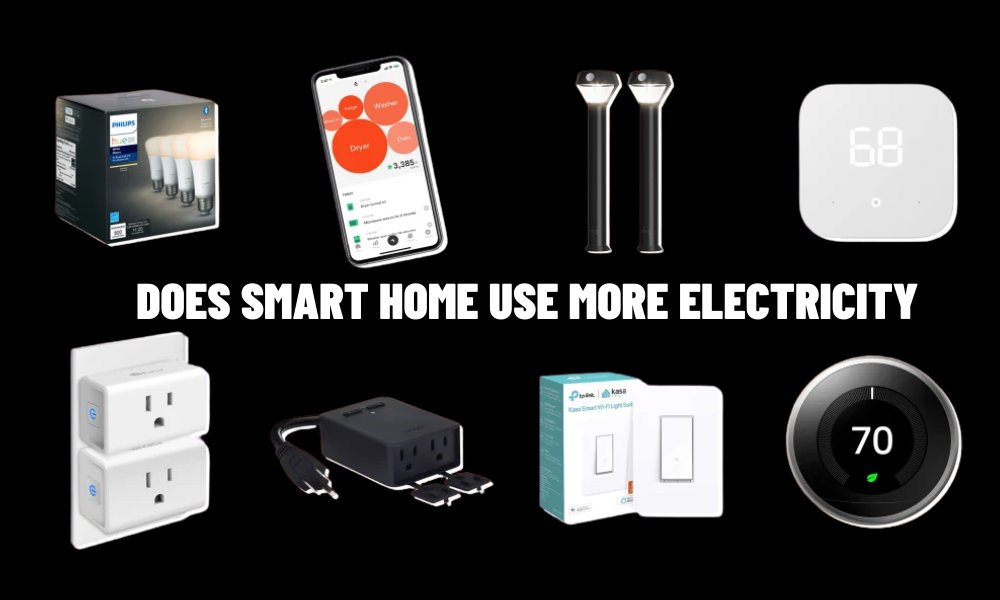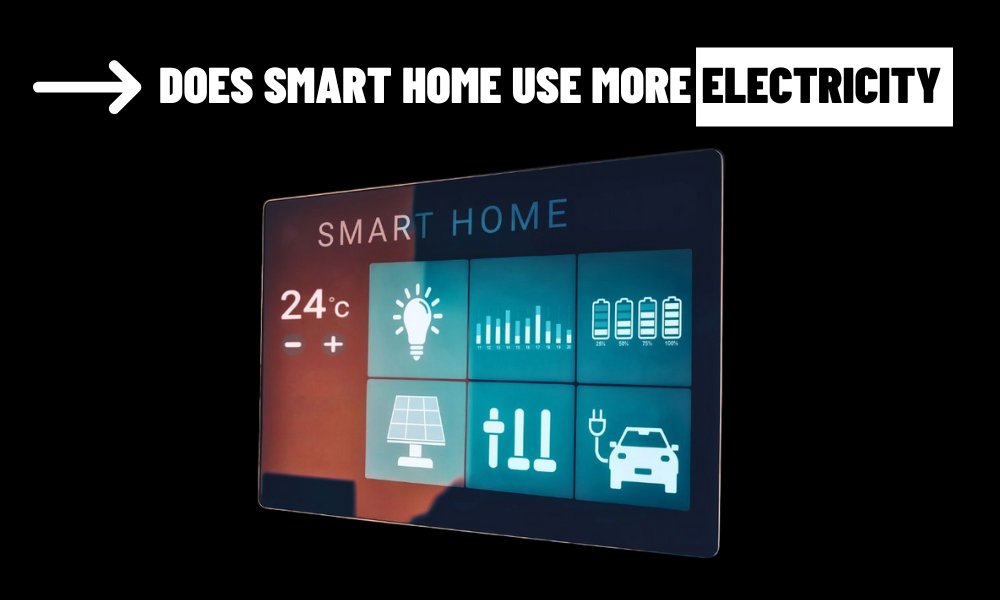The concept of smart homes is increasingly popular among homeowners seeking to enhance convenience, security, and energy efficiency. However, a common concern that arises with the rise of IoT (Internet of Things) devices in the home is whether these innovations lead to higher electricity bills. Does having a connected home mean more devices running, thus using more energy? The answer isn’t as simple as yes or no—it’s about how these technologies are used and what kinds of devices are incorporated into the home.
How Smart Homes Reduce Energy Usage
While it might seem counterintuitive, smart homes are actually designed to optimize electricity usage. One of the core benefits of smart home devices is their ability to automatically adjust to the habits and needs of the homeowner. For instance, smart thermostats are one of the most common devices that help reduce energy consumption. These systems are not static; they learn your heating and cooling preferences and adapt in real-time to minimize energy use. The smart thermostat can adjust the temperature when you’re away from home or asleep, which ensures that heating or cooling is not being wasted.
Similarly, smart lighting systems allow homeowners to control their lights remotely and set schedules. This helps avoid the situation where lights are left on unnecessarily, wasting energy. In addition, many smart lighting solutions use energy-efficient LED bulbs, which consume much less power compared to traditional incandescent bulbs.
Moreover, smart appliances are engineered to be more efficient. A smart refrigerator can regulate its internal temperature to maintain the freshness of food while consuming less energy, and smart washing machines can adjust water usage based on the load size, ensuring that water and electricity are not wasted.

Smart Homes and Energy Consumption: The Potential Downsides
Despite the clear advantages of energy-saving devices, it’s important to recognize that any smart home with more connected devices may experience a slight increase in electricity use. Smart systems, particularly always-on devices such as voice assistants, smart hubs, and security cameras, do require power to remain functional and connected. While the power consumption of these devices is generally low, they do contribute to the overall energy use of the home. Over time, if many of these devices are added to the household, they can add up, though the impact on the overall electricity bill is typically minimal.
For instance, a smart speaker or smart hub may consume a small amount of electricity continuously to maintain its functions. However, this additional usage is usually negligible when compared to the energy savings provided by other smart home features, like automation and optimization.
Optimizing Smart Home Energy Consumption
The key to ensuring that a smart home remains energy-efficient is in effective management. Many smart devices offer options for customized settings that allow you to automate routines based on your schedule and preferences. For example, you can set your smart thermostat to adjust the temperature before you arrive home, rather than keeping the house at a constant temperature all day. Additionally, some smart systems can monitor electricity usage in real-time, helping homeowners identify which devices are consuming the most power and make informed decisions on usage.
Another strategy is to take advantage of time-of-use electricity plans, where electricity prices are lower during off-peak hours. Many smart appliances can be programmed to operate during these hours, which can further reduce energy costs.
Conclusion
Ultimately, while smart homes do involve some increase in electricity consumption due to the continuous power needs of connected devices, the overall effect is usually positive in terms of energy efficiency. When used effectively, smart devices optimize energy use by adjusting to real-time needs and reducing waste. By automating everyday tasks, optimizing home systems, and providing insights into energy consumption, smart homes can lead to long-term savings on electricity bills. The future of home automation looks promising, with the potential for even more energy-efficient innovations on the horizon.

